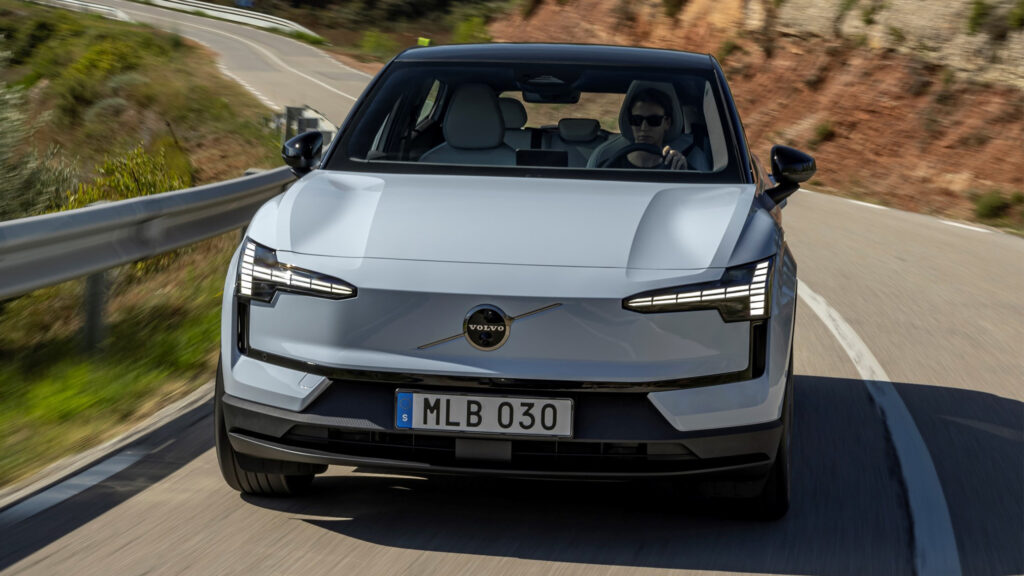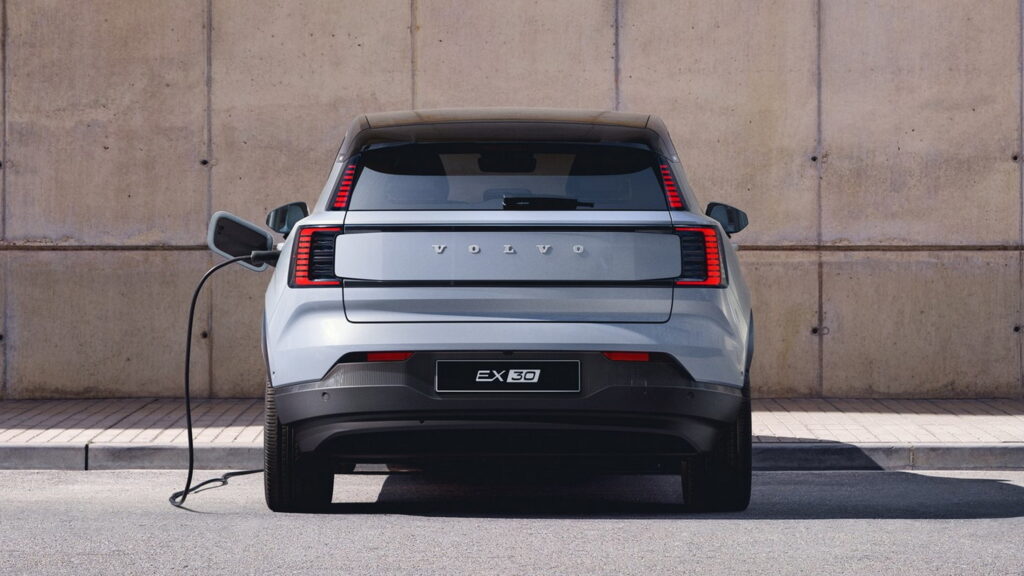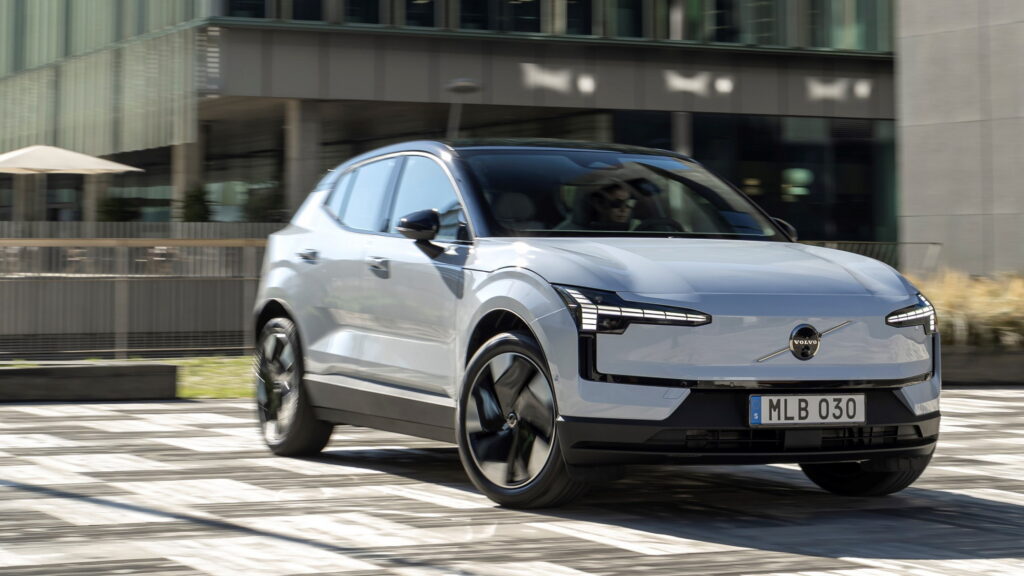The issue relates to the 1.2 software version developed for the Tesla Model Y rival
4 hours ago
 –>
–> 
–>
Deliveries of the long-awaited Volvo EX30 have been pushed back because of a problem with its software. Fortunately for those who have ordered the brand’s most affordable EV, the delay will only be short.
Limited details have been provided about the software issue but an unnamed source has asserted that the fix must be performed at dealerships and cannot be made over-the-air. Once vehicles at dealership lots receive the software update, they will be ready for delivery.
“We confirm that Volvo is working tirelessly to resolve the problem,” Volvo said in a statement issued to Auto News Europe. “Important progress has been made but the software version 1.2 does not yet meet all the requirements necessary to be released.”
advertisement scroll to continue

A separate spokesperson from the company asserted that the issue has already been resolved and deliveries will soon scale back up.
Read: Volvo Will Also Build The EX30 In Europe To Keep Up With Demand
“A limited number of customers have had to wait a few extra days for their cars to be delivered while we address some minor details, but with these now solved, we look forward to rapidly scaling up EX30 deliveries,” the spokesperson said.
Volvo has already informed EX30 buyers awaiting delivery of the issue and claims that the 1.2 software “contains, among other things, some Google certifications and key updates,” which means “the cars cannot and must not be delivered.”

This is not the first time one of Volvo’s EVs has had its launch delayed due to software issues. Last year, the Swedish marque confirmed deliveries of the EX90 would be pushed back until mid-2024 due to the “complexity of the software code” related to the advanced Lidar system.
Volvo expects the EX30 to be a strong seller, announcing in October last year that they would start building the small SUV at a plant in Ghent, Belgium, alongside their factory in China to cover the expected demand.
 –>
–> 

